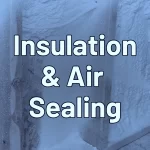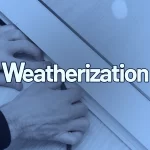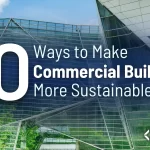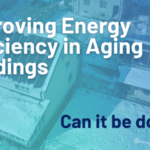The building envelope plays a major role in energy use, occupant comfort, and facility performance. Inovis delivers commercial building envelope upgrades that reduce heating and cooling losses, improve durability, and support ESG and code compliance goals.
Table of Contents
Seal Energy Waste Out of Your Building
Don’t let your building envelope leak away your energy budget. Inovis helps you identify and implement envelope upgrades that improve comfort and performance—and qualify for available rebates.
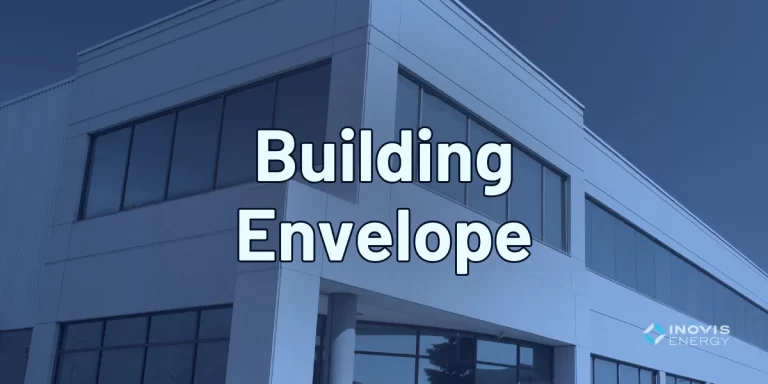
What Are Building Envelope Upgrades?
The building envelope refers to the outer shell of a facility—walls, roof, windows, and doors—that separates the conditioned interior from the outdoor environment. When poorly insulated or leaky, the envelope causes energy waste, drafts, moisture issues, and uneven temperatures.
Building envelope upgrades focus on improving:
-
Thermal insulation
-
Air sealing and infiltration control
-
Window and roof reflectivity
-
Door barriers and climate separation
-
Weatherization and moisture protection
These improvements help facilities reduce HVAC loads, extend equipment life, and improve comfort for occupants. Many are eligible for utility-funded weatherization or custom rebate programs, especially when paired with lighting or HVAC upgrades.
Building Envelope Solutions
Why Improve Your Building Envelope?
Key Benefits:
-
Reduce heating and cooling losses by 10–30%
-
Improve temperature consistency and occupant comfort
-
Extend HVAC equipment life by reducing runtime
-
Qualify for utility weatherization and envelope incentives
-
Block moisture intrusion and improve building durability
-
Support ESG reporting and energy code compliance
-
Reduce infiltration of pollutants, allergens, and noise
Industries That Benefit from Envelope Improvements
Schools, warehouses, multifamily high-rises, offices, hospitals, and municipal buildings—especially those with aging roofs, windows, or HVAC complaints.
Our Envelope Upgrade Process
-
Site Assessment or Audit Review – Identify envelope weaknesses, utility cost drivers, and comfort complaints
-
Thermal and Airflow Diagnostics – Use IR cameras or blower-door testing when needed
-
Upgrade Plan – Recommend the highest-value envelope improvements
-
Incentive Mapping – Identify rebate or weatherization program eligibility
-
Installation – Coordinate minimal-disruption sealing, coating, or retrofit work
-
Performance Validation – Confirm comfort gains, savings, or utility pre/post measurements
Seal Energy Waste Out of Your Building
Don’t let your building envelope leak away your energy budget. Inovis helps you identify and implement envelope upgrades that improve comfort and performance—and qualify for available rebates.
